
In the 1920’s, Gene Stratton-Porter shifted her life and work more and more to California. Still, she was
never too far from the Limberlost, and all of her Hoosier homes, in heart and mind. In 1923, the author
selected and edited excerpts from several of her Indiana nature studies and published them as a
collection entitled Wings. The first publication was a paperback, and hardback editions followed in 1924
and 1925. There have been several other reprints since then. The slender volume – 116 pages – is a sort
of literary scrapbook, drawn from What I Have Done with Birds (1907), Friends in Feathers (1917), and
Homing with the Birds (1919).
There are detailed descriptions of various encounters with birds, which she sets amongst the flora and
fauna and landscape of Indiana. In one chapter, she tells of an early December experience coaxing a
screech owl into the kitchen of the Cabin, south (as she called the Limberlost Cabin in Geneva). By using
a candle for subdued lighting and imitating the owl’s call, she invited a feathery friend for an overnight
visit. The next morning, she took some photographs to accompany an article she was writing and
released the bird back into the wild. This creative determination was a hallmark of Stratton-Porter’s
approach to observing and documenting the natural world.
It was 1895 when she received her first camera as a Christmas gift from husband Charles and daughter
Jeanette, while living in Geneva. An anecdote in Wings explains how the family’s pet parrot, Major,
showed determination to receive an oyster at the dining table. The bird’s humorous behavior caused
Gene to exclaim “How I wish I had a camera!” That Christmas camera was just the first of many she
learned to use for her field work, as well as to take some home portraits.
At the end of the book is a short biography and a list of her works which make clear how accomplished
she became through her writing and photography. Millions of Stratton-Porter’s books had been sold by
1923 and some translated into multiple languages. As a child, her mother called her a “little bird
woman” and her father gifted her all of the birds at Hopewell Farm in Lagro, Indiana, where she lived
from 1863 to 1874. Throughout her life, Gene Stratton-Porter found many ways to share that early love
of nature and gift of wings that can still be enjoyed throughout the Limberlost Conservation Area and
elsewhere.
Adrienne Provenzano is a Friend of the Limberlost and Advanced Indiana Master Naturalist
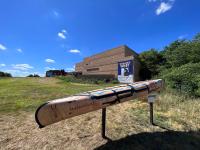
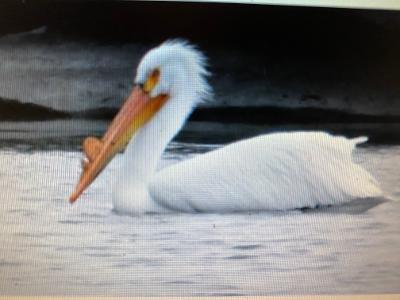
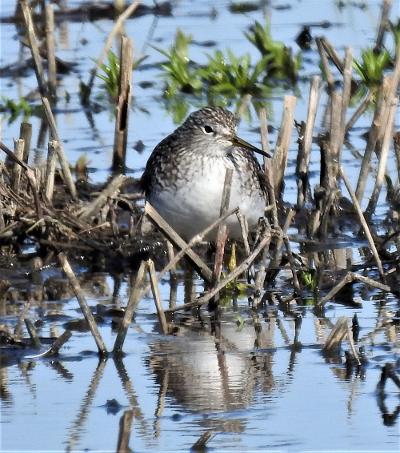
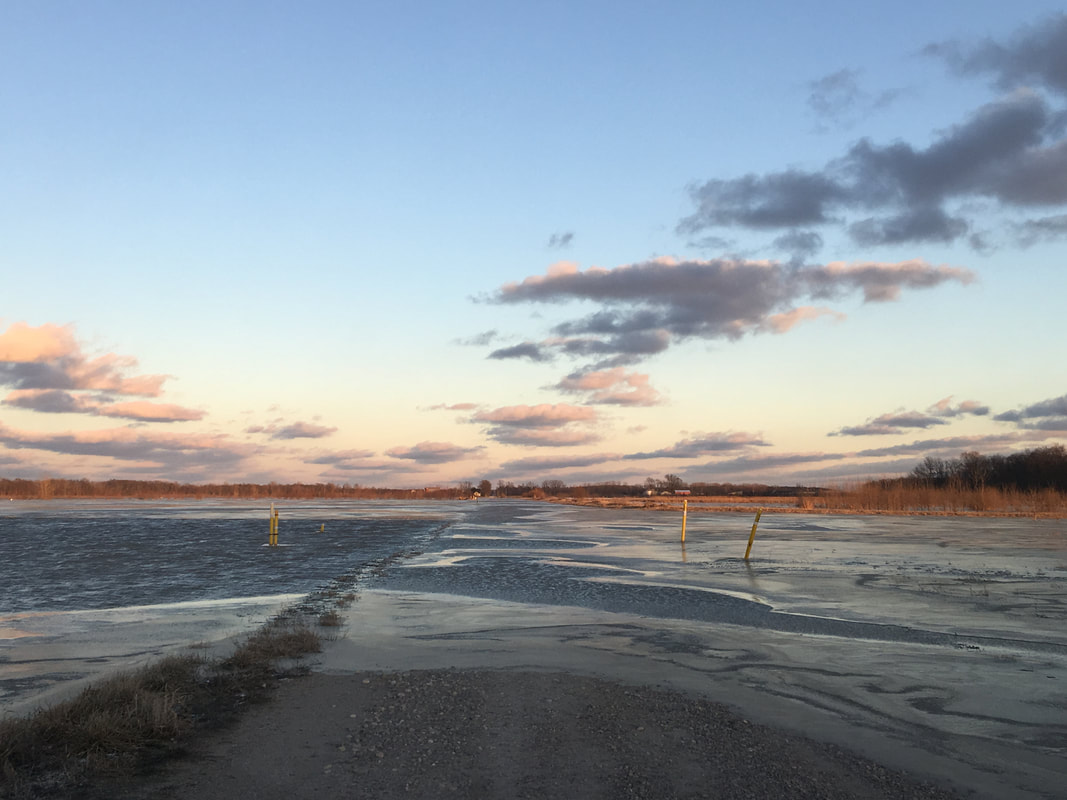
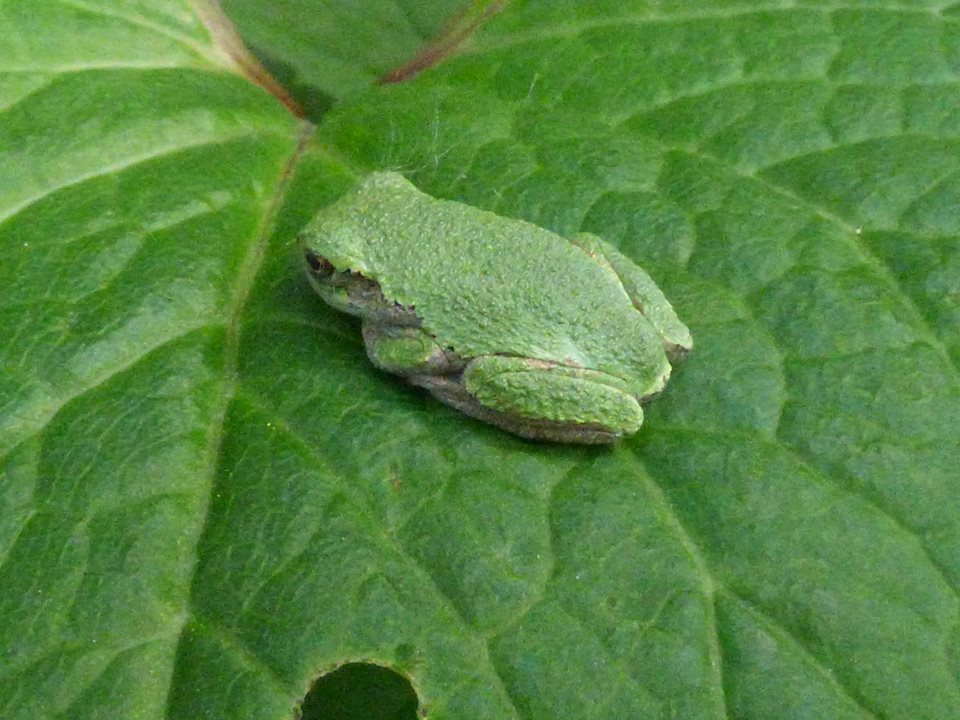
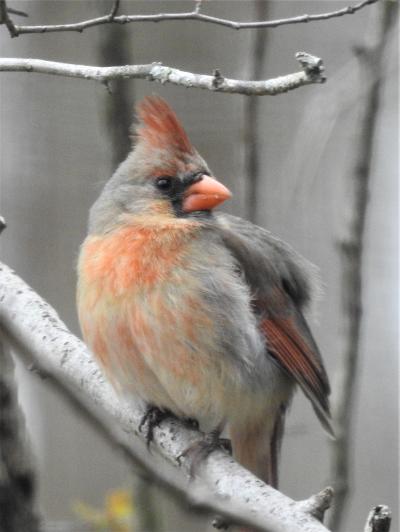
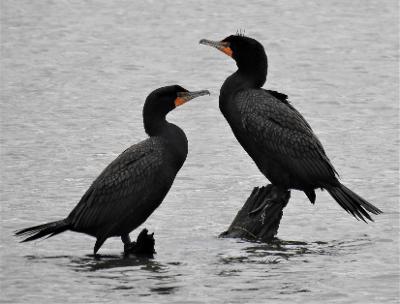
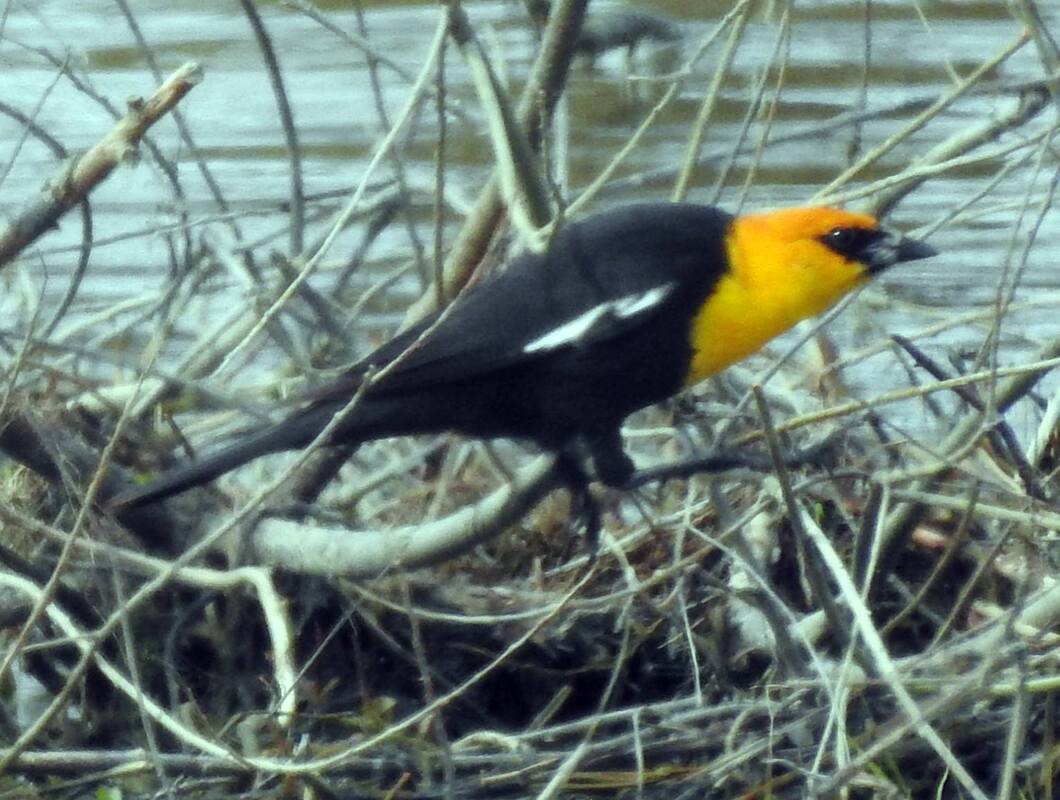
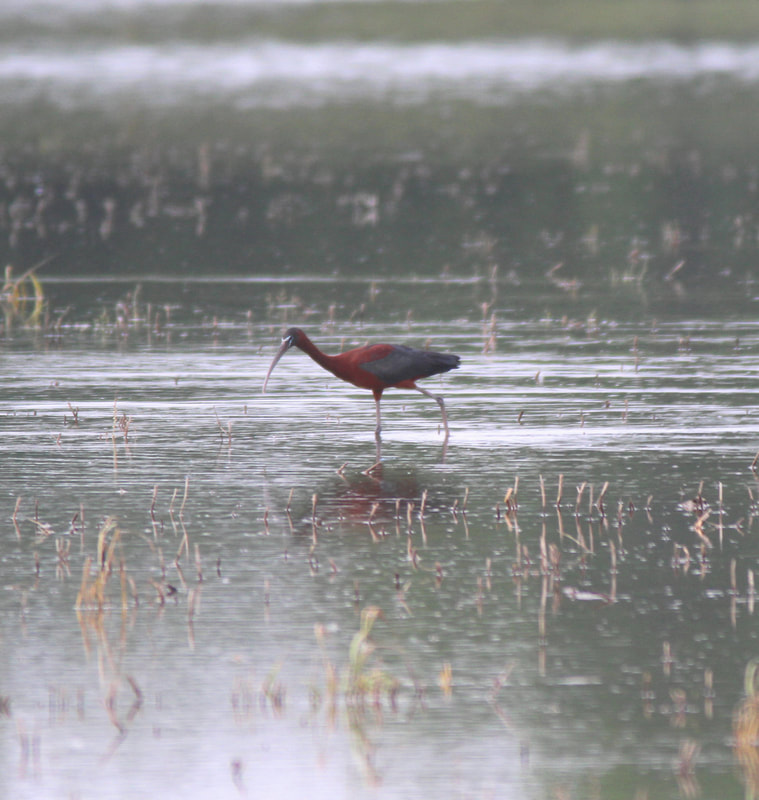
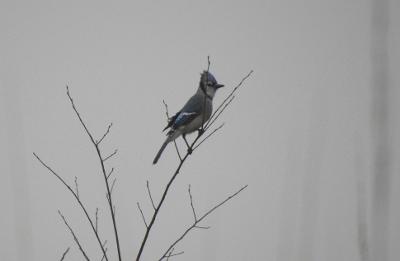
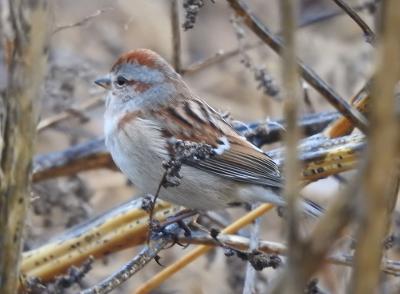
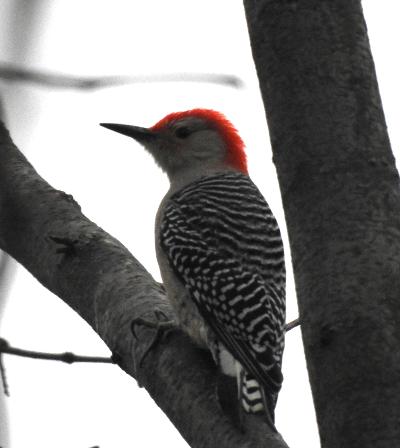
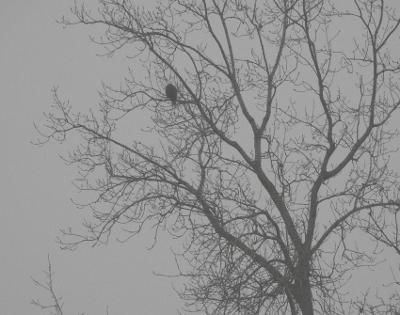
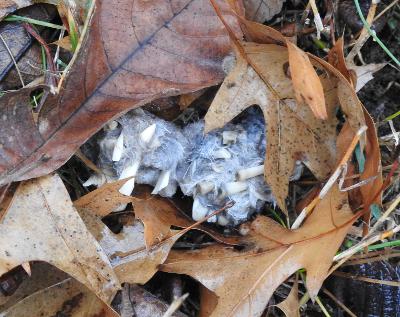

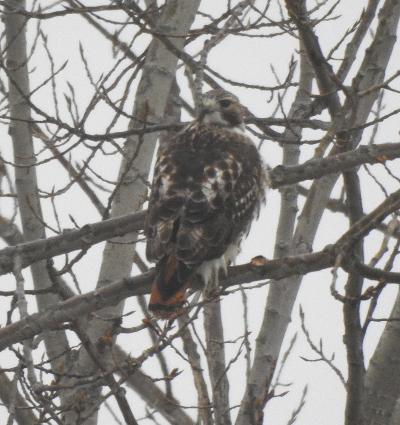

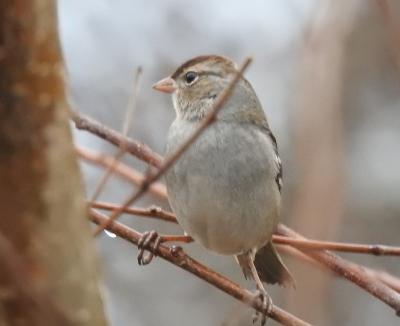
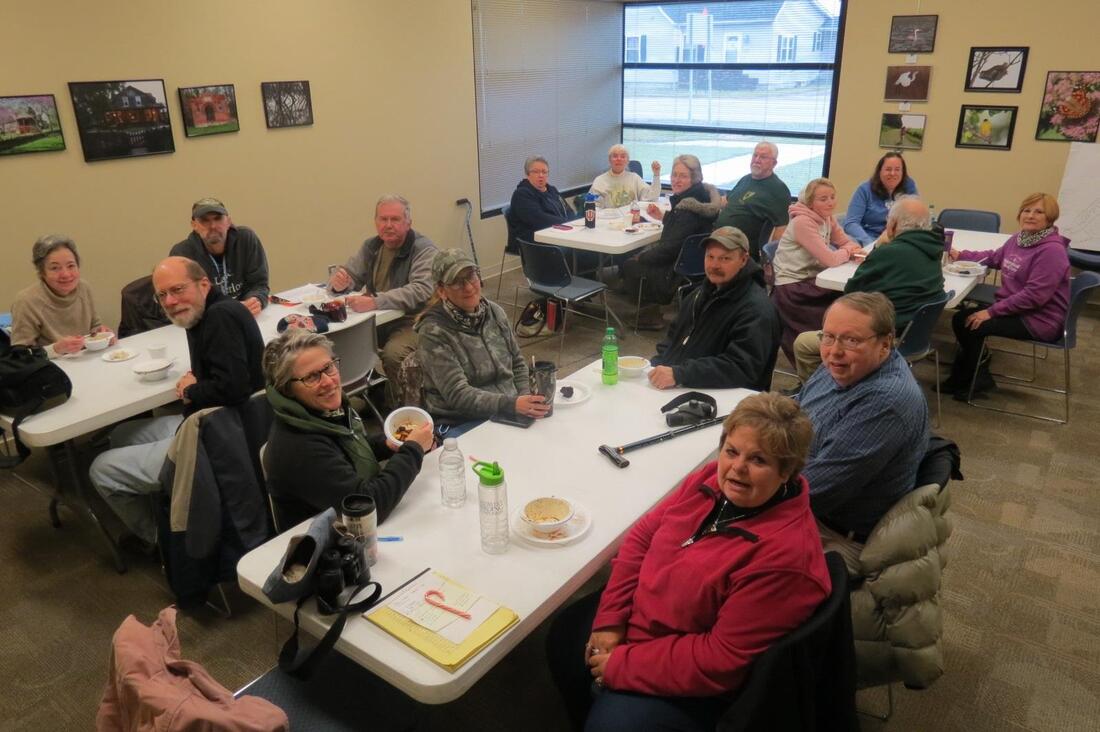
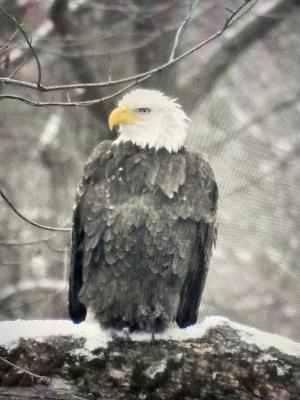
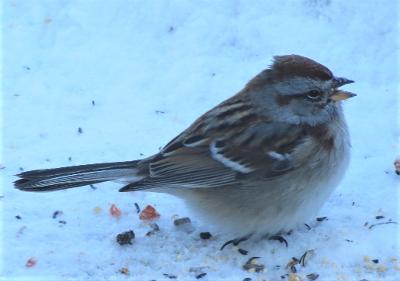
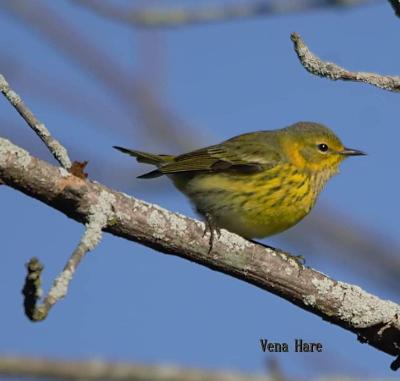
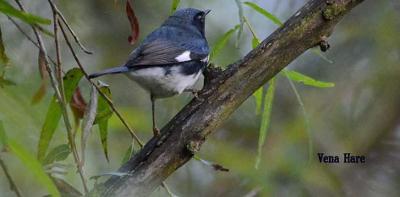
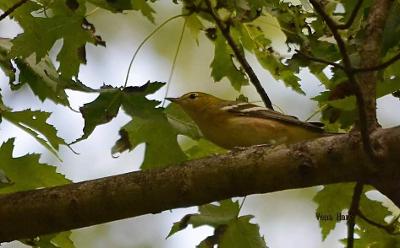
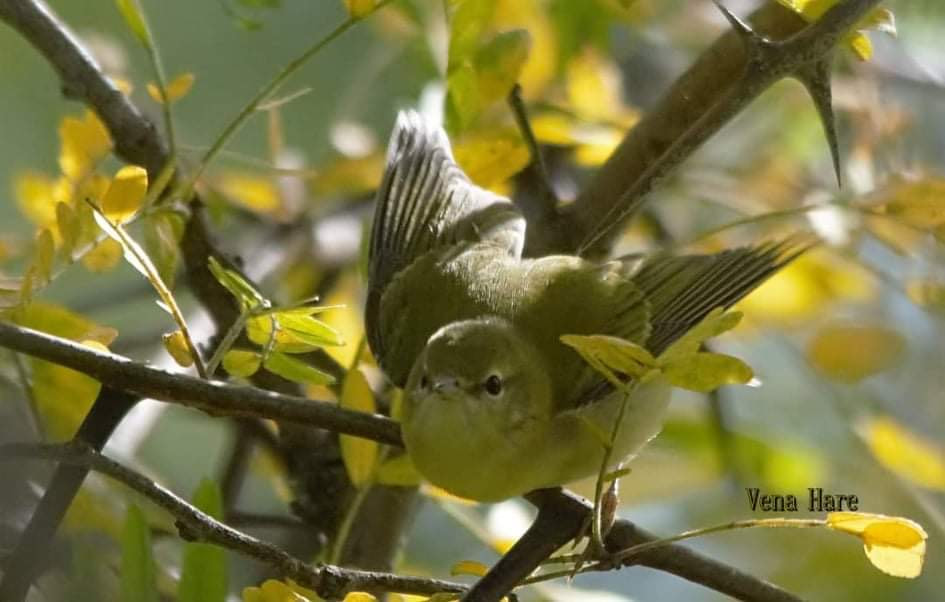
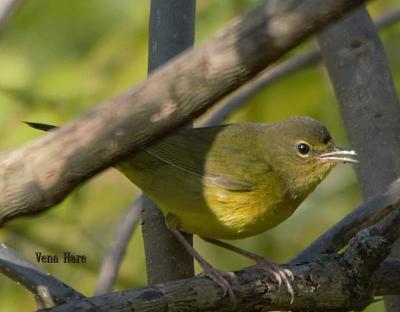
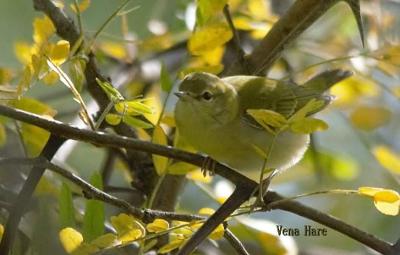
 RSS Feed
RSS Feed
